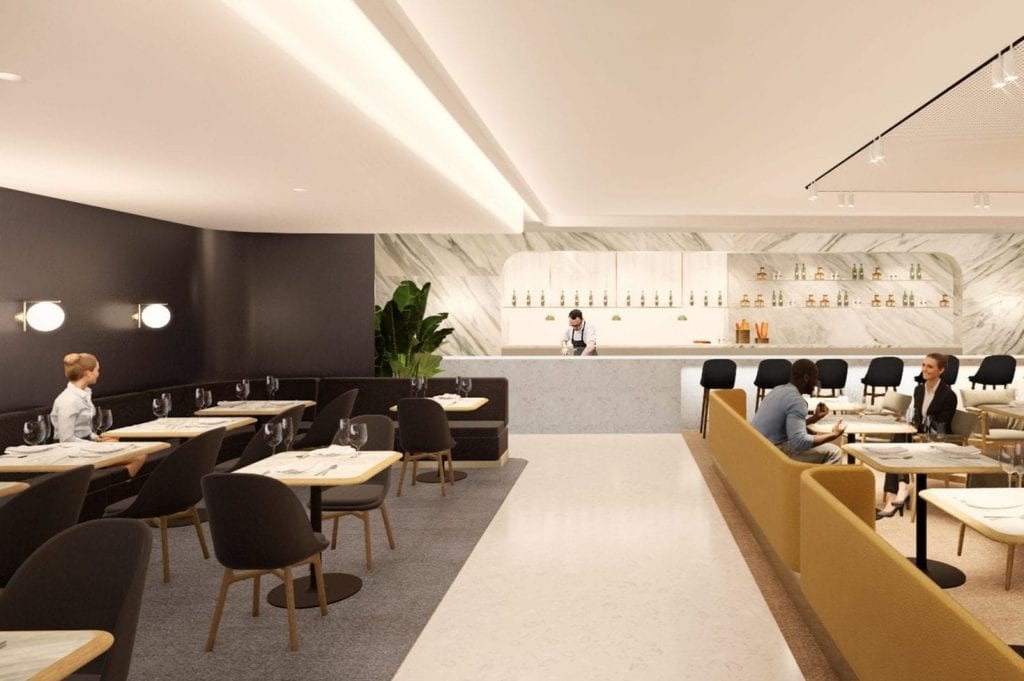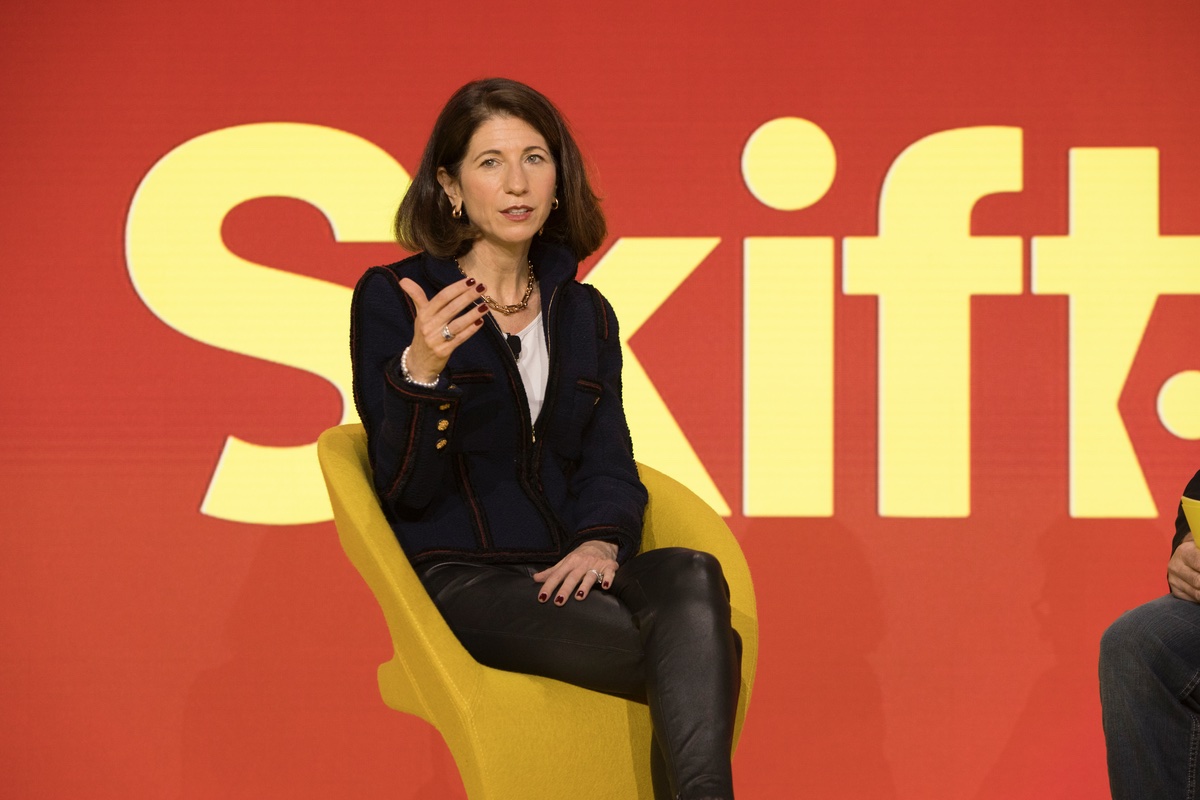Qantas and Virgin Australia See Revenue Boost After Cutting Flights

Skift Take
Rising fuel costs and a falling Australian dollar were expected to hit Australia’s largest airline’s bottom line, but Qantas on Thursday reported a rise in revenues thanks to higher airfares and stronger forward bookings.
The Qantas Group achieved record levels of revenue for the first quarter of its fiscal year, up 6.3 percent compared with the same period last year.
Group CEO Alan Joyce said a combination of positive market conditions and the group’s strategic advantages was helping it perform well.
“Our record passenger revenue performance for the first quarter meant that we were able to substantially recover higher fuel prices,” said Joyce.
Joyce said market demand for travel remains fundamentally strong in Australia.
The other key factor in Qantas’ strong performance is a reduction in domestic capacity, with available seat kilometers (ASKs) in the Australian market cut by 0.5 percent compared with August 2017 to a total of 7.47 billion, according to statistics from the Bureau of Infrastructure, Transport and Regional Economics.
Joyce confirmed that Qantas Group capacity has been reduced by 0.3 percent – across both domestic and international routes – and acknowledged “some wind-back of competitor capacity growth.”
Domestic operations saw revenues rise 6.8 percent, while Qantas’ international incomes rose slightly less, by 4 percent, after some significant shake-ups, including the launch of its popular long-distance Perth-London route.
Joyce also announced a multi-million dollar investment in a new first class lounge and expansion of its existing business lounge at Singapore Changi Airport.
“The upgrade reflects increased demand for premium travel and the importance of the Singapore hub to the Group’s broader network,” he explained. “With the return of our A380 service to Singapore we’ve got more passengers transiting through our existing lounge and strong demand for travel in premium cabins.”
Qantas stock rose 10 cents on the back of the announcement, from $5.50 to $5.60.
Virgin Australia Flags Revenue Growth
Earlier this week, rival Virgin Australia demonstrated that it is also benefiting from the end of a capacity war in the domestic Australian market.
The airline’s trading update said revenue for the three months to September 30 rose 9.7 percent from the prior corresponding quarter.
Virgin Australia flagged a further 10 percent rise in second quarter revenues on the back of strong domestic performance and solid bookings.
Virgin Australia's international business faces some uncertainty in the face of higher fuel prices and the end of its trans-Tasman alliance with Air New Zealand this month.
The carrier will soon revamp its international departure lounge arrangements as it parts company with Air New Zealand and no longer has access to its premium lounges in Australia and New Zealand.
Virgin Australia last week announced that its passengers will have access to three international lounges located in Australia and four in New Zealand operated by British lounge specialist No1 Lounges.
As long as they hold their nerve and keep a lid on capacity, both airlines should continue to grow revenues, especially after the country’s largest travel retailer flagged further fare increases. “It’s likely … that airfare prices, which have remained fairly stable, will come under pressure if oil prices continue to rise,” Flight Centre CEO Graham ‘Scroo’ Turner told shareholders at his company’s annual meeting.





